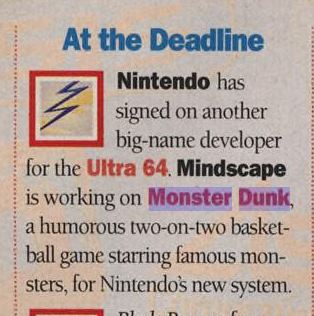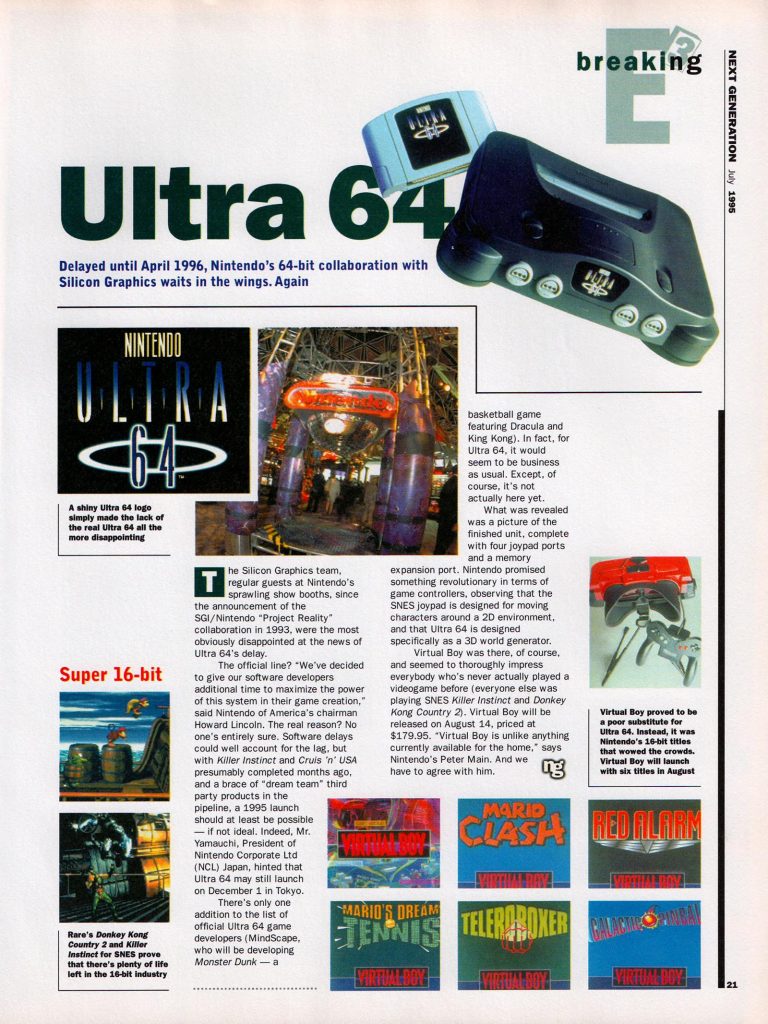Super Mario Strikers Charged (also known as Mario Strikers Charged Football in European and Australian territories) was released on the Nintendo Wii in 2007 and created by Next Level Games in partnership with Nintendo. It is the sequel to Super Mario Strikers on the Gamecube.
Before it gained the subtitle ‘Charged’ later in development (a reference to the game’s ‘skillshot’ charging mechanic), the game was initially going under the simple title of ‘Super Mario Strikers 2‘. The original title was scrapped before its first public showing at the “Wii Prove Our Promise” keynote in August 2006.
More art from early on in development on the game has been found by Unseen64, which offers insight into some of the smaller concepts played around with towards the start of the project.
At one stage, ‘ball launchers‘ were considered as an aesthetic addition to levels. These were machines that would have propelled multiple balls up towards characters during mega strikes. In the final game, these were dropped and only one ball model is shown when a player is able to activate one. Any additional balls earned during the attack’s initiation aren’t shown to the player (up to 6 can be gained at a time); this is a process which happens off screen. These small mechanisms weren’t implemented into the game, as they were viewed as an unnecessary detail that would have needlessly extended the animation sequence.
Another visual idea that the artists at Next Level experimented with towards the start of development were mechs and other vehicles, which would have decorated the perimeter of certain stages during gameplay. In most of the concept art, these are commonly seen operated by Toads. They would have been dotted around the sides of pitches, acting as security guards and performing other miscellaneous tasks. One concept, for instance, sees one of the Toads operating a crane-like contraption and another in a large digger.


